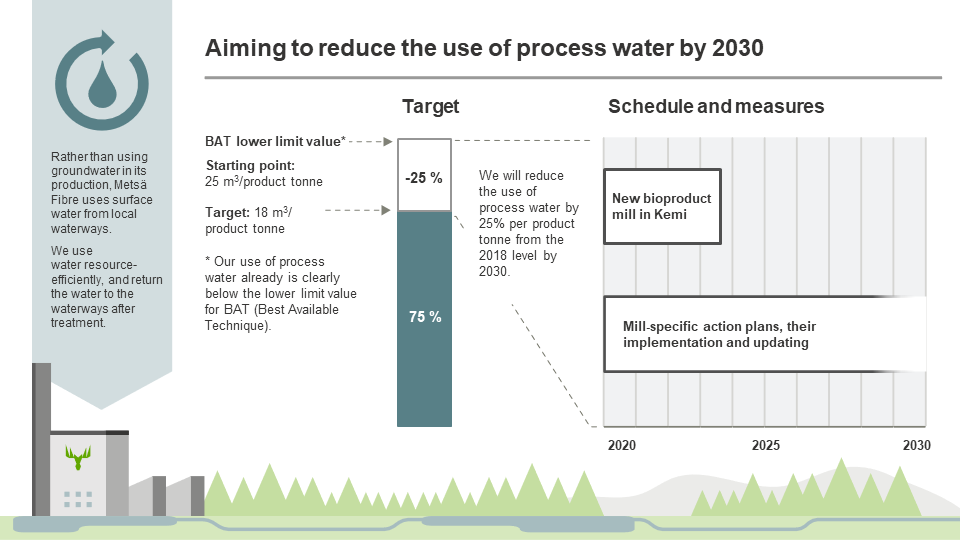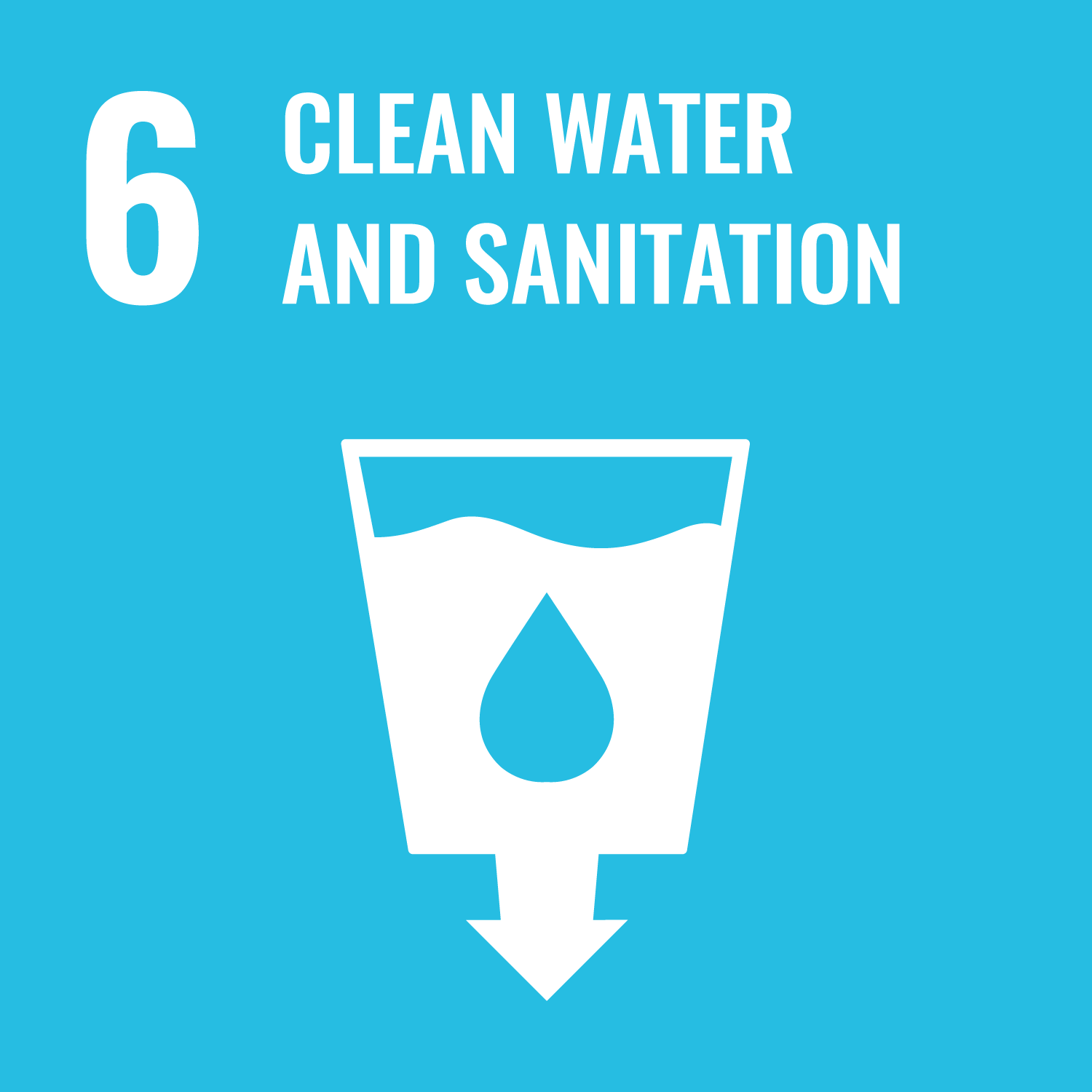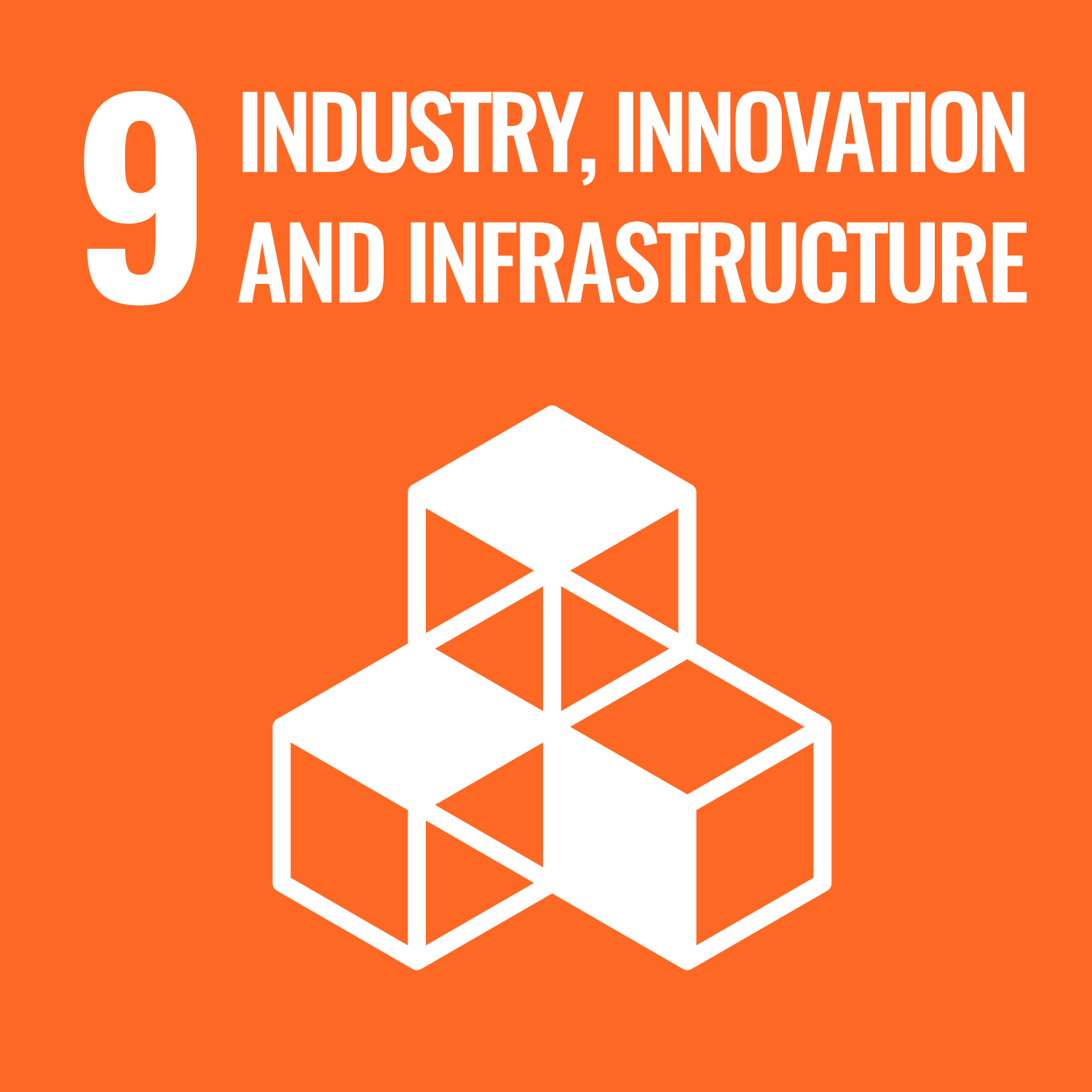To achieve this, a concrete target has been set for each pulp mill, taking into account the mill's age and other characteristics, and the necessary development measures have been listed and prioritised.
The steady operation and good availability of production units as well as scheduled preventive maintenance and maintenance shutdowns play a key role in increasing the efficiency of water use. The reduction of water use requires training the personnel and establishing the correct operating methods for the mills, as well as making changes to the mills' processes. At the same time, it must be ensured that no unwanted substances that could impair the quality of the end product, i.e. pulp, are accumulated in the mills' water flows with reduced water use.
Typically, the mills' water use can be reduced when water fractions that are unnecessarily wasted in the process are identified, an understanding of potential savings is reached and possibilities for using recycled water instead of raw water are found at the same time.
For example, at the Äänekoski bioproduct mill, the most significant recent developments in water use reduction have been related to streamlining internal flows. In wood processing, secondary condensates are used instead of raw water, while in bleaching, clean hot water can be replaced with both secondary condensate and recycled water from the drying department.
At the Joutseno pulp mill, on the other hand, the use of raw water is reduced by closing flows in bleaching, grading and debarking. The mill has also set a series of indicators for monitoring water use. Based on these, the water use targets are actively monitored, and immediate actions are taken if any deviations are observed.

Towards a pulp mill free of effluent discharges
In addition to more efficient use of process water, Metsä Fibre's mills aim to minimise their impact on waterbodies by using the best available technology, for example by treating wastewater as efficiently as possible before discharging it.
In 2021, Metsä Fibre started to develop a concept for a pulp mill free of effluent discharges. When creating the concept, quality requirements for the water needed in different parts of the process were reviewed, new ways of using wastewater were sought, and the overall idea of a mill producing minimal effluents was formulated. Lessons learned from this project are applied at all Metsä Fibre's pulp mills.
Metsä Fibre's pulp mills are the largest water consumers within Metsä Group, so their work towards reduced water use is very significant.
Only nominal amounts of wastewater are produced in the sawmills' production process. The wastewater from sawmills is treated at municipal wastewater treatment plants.
International Sustainable Development Goals (SDGs) related to the target:
 |
 |
